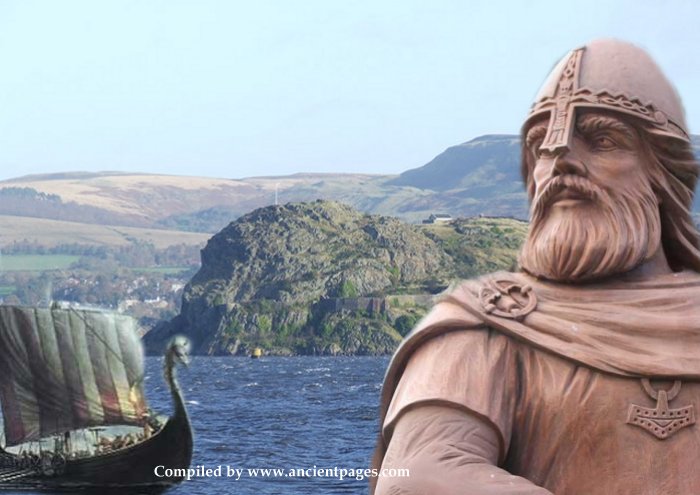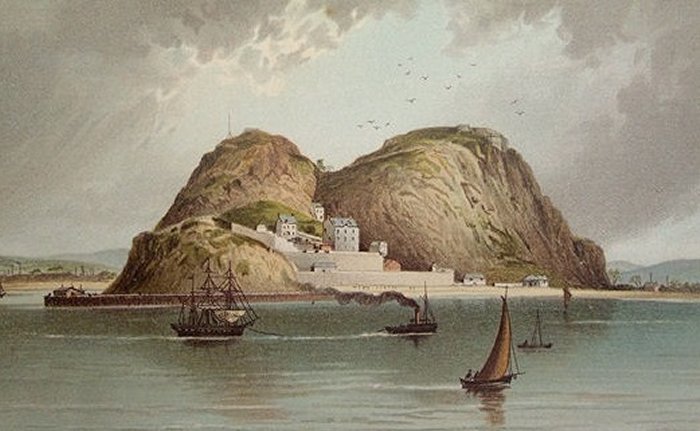Mystery Of Ivar The Boneless And Ímar – Remarkable Viking Puzzle Reveals Something Extraordinary
Ellen Lloyd - AncientPages.com - There are so many striking historical similarities between Ivar the Boneless and Ímar that some scholars suggest these two Vikings were the same person. If that is true, it's time to rewrite the history of Ivar the Boneless. Interestingly, Ímar vanished from the Irish historical records for unknown reasons at the same time Ivar the Boneless became active in England.
Could this fact possibly shed more light on the real identity of Viking Ímar? A closer examination of this historical Viking mystery reveals something extraordinary.
Viking Ímar (or Ívarr or Ivar) was the founder of the Uí Ímair dynasty, a Norse royal dynasty also known as the Dynasty of Ivar.
Being an influential Viking leader, Ímar ruled much of the Irish Sea region, the Norse Kingdom of Dublin, the western coast of Scotland, including the Hebrides, and some parts of Northern England, from the mid-9th century.
In the Fragmentary Annals of Ireland, it is written that Ímar was the son of Gofraid, King of Lochlann. We also learn from this text that Ímar had two brothers, Auisle and Amlaíb Conung. The Irish Annals also title the brothers Amlaíb, Ímar, and Auisle "kings of the foreigners" – not Irish kings but invaders.
Viking Halfdan Ragnarsson Was Brother Of Ivar the Boneless And Ímar
Turning our attention to Viking Ivar the Boneless, who we discussed in another article on Ancient Pages, we know that this enigmatic Viking was the leader of the Great Heathen Army, a coalition of Norse warriors originating from Denmark and Norway (and possibly also from Sweden). Some historians suggest Viking leader Halfdan Ragnarsson was also a brother of Ímar.
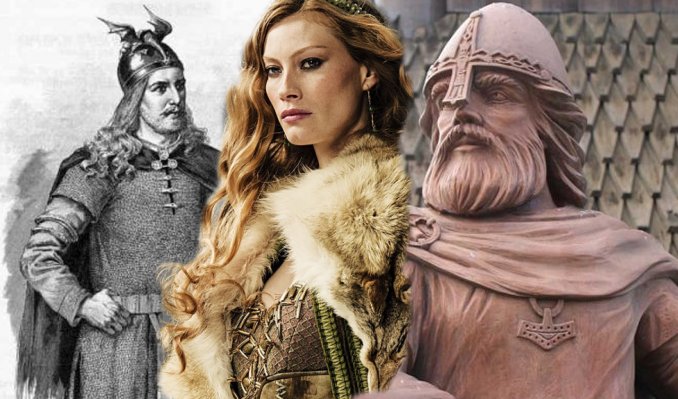
Ragnar Lodrok wanted to kill his son Ivar the Boneless against Aslaug's wishes. Read more:
They came together under a unified command.
Ivar the Boneless was the son of Ragnar Lodbrok, the fearless Sea King. Ragnar Lodrok considered himself to be a direct descendant of the god Odin and he was one of the most famous Norse heroes among the Vikings. His sons became just as renowned and heroic as he had been.
On one occasion, Lodbrok learned from a seer that he would have many famous sons. He became somewhat obsessed with this prophecy, which almost led to a tragic event when he tried to kill his son, Ivar the Boneless.
Ivar the Boneless survived his father's attempt to murder him and became one of the most famous Vikings in history.
From the Icelandic Sagas, we learn that Halfdan Ragnarsson, the brother of Ivar the Boneless. One reason to suspect that Ivar the Boneless was known in Ireland as Ímar!
Mysterious Disappearance Of Viking Ímar
During the late 850s and early 860s, Ímar became involved in a conflict with Máel Sechnaill, the Overking of the Southern Uí Néill and the most powerful ruler in Ireland.
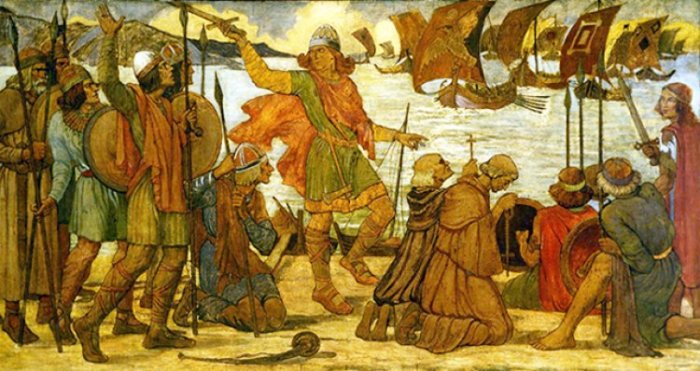 Artist's depiction of the landing of a Viking fleet at Dublin in 841 CE. Image credit: James Ward (1851-1924 - Public Domain
Artist's depiction of the landing of a Viking fleet at Dublin in 841 CE. Image credit: James Ward (1851-1924 - Public Domain
What really happened is unknown, but most likely, this was a struggle to gain control of Munster and its resources. In 862 AD, Máel Sechnaill died, and the conflict ended, dividing the lands of the dead Overking of the Southern Uí Néill.
Viking Ímar continued his battles and desired to expand the Norse kingdom. Then suddenly something strange happened. What happened, and where did he go? Ímar, the King of Dublin, vanished from the Irish historical records between 864 and 870 AD.
The story becomes even more interesting at this point because historical accounts state that in 865, Ivar the Boneless decided to invade England and launched the largest invasion of the British Isles in recorded history. His brothers Halfdan and Ubba and his colleague Olaf the White Ivar the Boneless sailed from Dublin and landed in East Anglia.
So, it's very likely that Ímar, Ivar the Boneless, sailed from Ireland to England, which is why he was not mentioned in Irish chronicles.
Dumbarton Rock. Illustration by T. Nelson (1892)
However, in the year 870 AD, Ímar reappeared in Irish records. According to the Irish annals, following a four-month-long siege, Ímar and Amlaíb captured Dumbarton Rock, the chief fortress of the kingdom of Strathclyde.
Both Vikings Ivar the Boneless and Ímar died in Ireland in 873 AD. Viking Ímar was given the title "King of the Norsemen of all Ireland and Britain" in contemporary annals.
Whose Descendants? Remarkable Viking Puzzle
Everything indicates Ivar the Boneless was known under a different name in Ireland. The similarities between these two Vikings are remarkable. They died the same year in the same country. They had a brother with the same name and made identical journeys, but unlike Ivar the Boneless, who historians suspect was impotent, Viking Ímar had descendants!
It means that there are two possibilities. Historians could be wrong in claiming that Ivar the Boneless was impotent, or, despite these similarities, we can assume that Ivar the Boneless and Ímar were two completely different persons who lived almost identical lives for some unknown reasons!
Updated on March 5, 2024
Written by - Ellen Lloyd – AncientPages.com
Copyright © AncientPages.com All rights reserved. This material may not be published, broadcast, rewritten or redistributed in whole or part without the express written permission of AncientPages.com
Expand for referencesMore From Ancient Pages
-
 On This Day In History: ENIGMA The Secret Code Used By Germans Was Finally Broken- On July 9, 1941
News | Jul 9, 2016
On This Day In History: ENIGMA The Secret Code Used By Germans Was Finally Broken- On July 9, 1941
News | Jul 9, 2016 -
 Chaneques: Mischievous Legendary Tricksters In Mexican Folklore
Featured Stories | Apr 14, 2020
Chaneques: Mischievous Legendary Tricksters In Mexican Folklore
Featured Stories | Apr 14, 2020 -
 Spectacular Vespasianus Titus Tunnel – An Ancient Roman Engineering Marvel
Ancient Technology | Aug 30, 2018
Spectacular Vespasianus Titus Tunnel – An Ancient Roman Engineering Marvel
Ancient Technology | Aug 30, 2018 -
 Hypatia Of Alexandria – Brilliant, Controversial Scientist And Her Dramatic End
Featured Stories | Jan 7, 2019
Hypatia Of Alexandria – Brilliant, Controversial Scientist And Her Dramatic End
Featured Stories | Jan 7, 2019 -
 Obsidian Blades Reveals Dynamic Neolithic Social Networks – New Analysis
Archaeology | Oct 18, 2022
Obsidian Blades Reveals Dynamic Neolithic Social Networks – New Analysis
Archaeology | Oct 18, 2022 -
 Unusual Celestial Phenomenon Observed In Ancient Egypt 3,500 Years Ago
Featured Stories | Aug 10, 2015
Unusual Celestial Phenomenon Observed In Ancient Egypt 3,500 Years Ago
Featured Stories | Aug 10, 2015 -
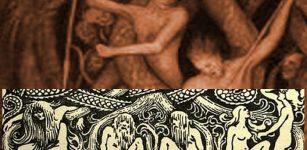 Nastrond (Náströnd): Grisly Hall Of Corpses – Norse Vision Of Most Terrible Place In Niflheim, Kingdom Of The Dead
Featured Stories | Sep 13, 2019
Nastrond (Náströnd): Grisly Hall Of Corpses – Norse Vision Of Most Terrible Place In Niflheim, Kingdom Of The Dead
Featured Stories | Sep 13, 2019 -
 Scientists Say Dinosaurs Could Be The Reason Humans Can’t Live For 200 Years
Featured Stories | Jan 8, 2024
Scientists Say Dinosaurs Could Be The Reason Humans Can’t Live For 200 Years
Featured Stories | Jan 8, 2024 -
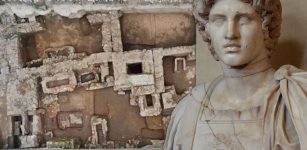 Amazing Photos Of Ancient Ruins Hidden Under Thessaloniki Metro Revealed By Archaeologists
Archaeology | Jan 9, 2023
Amazing Photos Of Ancient Ruins Hidden Under Thessaloniki Metro Revealed By Archaeologists
Archaeology | Jan 9, 2023 -
 Aillén Mac Midgna: Evil Goblin Who Terrorized Sacred Hill Of Tara
Celtic Mythology | Mar 28, 2024
Aillén Mac Midgna: Evil Goblin Who Terrorized Sacred Hill Of Tara
Celtic Mythology | Mar 28, 2024 -
 Ice Age Teens Experienced Puberty Stages Similar To Modern Adolescents, Study Reveals
Archaeology | Sep 13, 2024
Ice Age Teens Experienced Puberty Stages Similar To Modern Adolescents, Study Reveals
Archaeology | Sep 13, 2024 -
 The Opening Of Pandora’s Box May Have Been A Real Event
Myths & Legends | Jun 22, 2021
The Opening Of Pandora’s Box May Have Been A Real Event
Myths & Legends | Jun 22, 2021 -
 Calakmul Was Powerful Ancient Maya Seat Of The Snake Kingdom
Featured Stories | Apr 15, 2019
Calakmul Was Powerful Ancient Maya Seat Of The Snake Kingdom
Featured Stories | Apr 15, 2019 -
 Fossil Of Extinct Human Species Reveals Climate Change Led To Unexpected Anatomical Changes 2 Million Years Ago
Archaeology | Nov 11, 2020
Fossil Of Extinct Human Species Reveals Climate Change Led To Unexpected Anatomical Changes 2 Million Years Ago
Archaeology | Nov 11, 2020 -
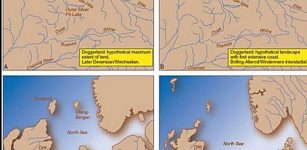 Unlocking The Secrets Of Lost Prehistoric Land Hidden Beneath The Sea
News | Sep 8, 2015
Unlocking The Secrets Of Lost Prehistoric Land Hidden Beneath The Sea
News | Sep 8, 2015 -
 Why Is The Battle Of Gaugamela Called Broken ‘Camel’s Back’?
Ancient History Facts | Jul 1, 2020
Why Is The Battle Of Gaugamela Called Broken ‘Camel’s Back’?
Ancient History Facts | Jul 1, 2020 -
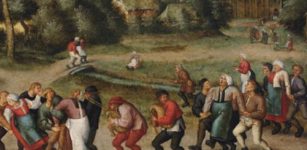 Unexplained Phenomenon Of The Dancing Mania That Occurred During The Middle Ages
Featured Stories | Aug 1, 2014
Unexplained Phenomenon Of The Dancing Mania That Occurred During The Middle Ages
Featured Stories | Aug 1, 2014 -
 On This Day In History: Army Of Tsar Alexander I Of Russia Enters Paris – On March 31, 1814
News | Mar 31, 2016
On This Day In History: Army Of Tsar Alexander I Of Russia Enters Paris – On March 31, 1814
News | Mar 31, 2016 -
 On This Day In History: Storming Of The Paris Fortress – Prison Bastille – On July 14, 1789
News | Jul 14, 2016
On This Day In History: Storming Of The Paris Fortress – Prison Bastille – On July 14, 1789
News | Jul 14, 2016 -
 Mysterious Megalithic Stones Of Carnac, France – An Unsolved Neolithic Enigma
Civilizations | Oct 12, 2018
Mysterious Megalithic Stones Of Carnac, France – An Unsolved Neolithic Enigma
Civilizations | Oct 12, 2018

